A couple of months ago I had a look at the Tamron 24mm F2.8 OSD M1:2 along with the 35mm F2.8 OSD M1:2 lenses. These lenses were part of a trio of highly similar prime lenses from Tamron designed specifically for Sony FE (full frame E-mount). The third lens was not ready at the time, and it was (to many of us) the most intriguing, as the 20mm focal length is a very practical one for landscape work and/or vlogging on the video front. Fortunately I now have the Tamron 20mm F2.8 OSD M1:2 in hand. Here’s what those initials mean: OSD = Optimized Silent Drive (the type of focus motor), Di III = designed specifically for mirrorless (in this case Sony Full Frame E-mount), and M1:2 =1:2 Macro…which is one of the main reasons why the F050 might be worth considering even with so many other options available. It is a unique lens with both a wide angle of view and the interesting ability to also do 1:2 macro shots (a 0.50x magnification). This lens (the F050 in Tamron’s lens identification, which I’ll use for brevity in this review) was the focal length of the group that I was most interested in. I spent time with the Zeiss Loxia 21mm F2.8 during my review and loved the little lens because of the mix of compact size, focal length, and image quality. I looked at the F050 as being a much cheaper alternative to that lens but with autofocus and that close focus macro capabilities.
And, to some extent, that’s true here, though with one major caveat. The Tamron F050 has good optical performance, a reasonably nice build (remember this is a $350 lens!), fairly good autofocus, but it also has a potentially fatal flaw for some photographers. This review will be devoted to exploring whether or not the Tamron is still worthy of consideration despite that issue. I suspect for some photographers it will be, as the F050 is a very compelling blend of capabilities, including some very stellar up close performance that opens a lot of extra creative opportunities.
I’ve now reviewed all three of the current batch of little prime lenses announced by Tamron, and I’ve found an interesting quirk connected to that internal code of F050. The 20mm F2.8 OSD has a lens designation of F050, the 24mm is F051, but the 35mm is code-named F053 (not F052).
Hmmm…
This makes me suspect that another lens (most likely a 28mm) is yet to come in this series. 28mm is a great focal length…and there aren’t a lot of options there, so this could potentially be a solid move for Tamron.
I always have a few reservations when examining a prime lens that doesn’t offer an aperture advantage over a zoom lens, but we’ll see how the F050 compares to the Tamron 17-28mm F2.8 RXD zoom lens that covers the 20mm focal length with a similar F2.8 aperture. One thing is sure: the macro(ish) performance of these lenses at least gives them a “killer app” not matched by the zoom lenses…and Tamron has priced them to move at $349 USD each. So should the Tamron 20mm F2.8 OSD M1:2 be on the short list for your next lens purchase? Let’s find out together…
If you prefer to watch your reviews, I have both a shorter length review along with a thorough, “definitive” review available:
Follow Me @ Patreon | My Newsletter | Instagram | Facebook | Twitter | Flickr | 500px
I did this review on both Sony a9 and Sony a7RIII bodies. Thanks to Tamron USA for the loaner.
Tamron F050 Build, Handling, and Design
As mentioned previously, the F050 is designed specifically for Sony FE, though it can also be used on Sony’s crop sensor E-mount cameras where it has an equivalent angle of view of roughly 25mm. This makes this a very interesting focal length in both full frame and APS-C modes where shooting stills or doing video work, as these are both compelling focal lengths.
All of Tamron’s development to date for Sony FE has come without their popular VC (Vibration Compensation) system and instead rely on Sony’s Steadyshot Inside (IBIS) for stabilization. This has allowed Tamron to have less complex lens design and really focus on keeping things smaller and lighter, which is often the forgotten element of modern lens design. The F050 weighs only 7.8 oz (221 g), which is incredibly light for a full frame optic with such a wide focal length. Here’s a look at a chart of how the raw specs compare to some alternatives (both affordable and expensive).
You’ll note that Loxia is an aberration here, as while it is narrower than the Tamron is is both heavier (394 vs 221g) and MUCH more expensive ($1499 vs $349). That extra weight comes from the all-metal construction of the Zeiss (which is truly lovely!) and the price comes from, well, Zeiss. Perhaps the closest competing lens for many photographers will be the diminutive Samyang AF 18mm F2.8 (my review is here), which is most similar in size and price. The Samyang is the smaller of the two, weighing only 145g and being only 60.5 (vs 63.5mm) in length. The biggest physical difference, however, is the diameter of the lenses, which is almost 10mm more on the Tamron and results in a much larger 67mm filter thread compared with the 58mm thread of the Samyang). This gives the Tamron a rather squat appearance:
There are a few mitigating factors that balance the two lenses, however. The Tamron comes with the aforementioned macro capabilities (0.50x vs a rather sad 0.09x) along with the inclusion of weather sealing, which the Samyang lacks.
That’s right…weather sealing. Tamron has given us fairly strong value for money when it comes to the build of these little primes. They all have a LOT of shared design elements with each other and even with the FE zooms. One shared design element is the inclusion of weather sealing, starting with a gasket at the lens mount, several internal seal points, and a fluorine coating on the front element to resist fingerprints and watermarks (this also makes the front element easier to clean).
Few lenses at this price point offer that, and certainly the inexpensive first party options on any system would not. So far Tamron has included this on all of their FE lenses…and it’s very welcome! Also included is a lens hood, which is plastic and functional but without any particular defining characteristic. It is rather shallow, but that’s no real impediment here, for, as we will see, the flare resistance is fabulously good.
Another shared design element is that every FE lens thus far has had a shared 67mm front filter thread. There are both pros and cons to this. The primary con is that this shared design element is a limiting principle in the size/shape of a lens, though in many ways the 20mm is the least compromised in that this lens is still fairly compact for a wide angle lens.
The main upside (and it’s a big one) is similar to what Zeiss has done with the Loxia series. That shared diameter and front filter thread means that one set of filters can easily be shared across all the Tamron lenses (and in a very common size), and also anything like gearing or other accessories can be shared in a similar fashion. The shared filtering is a rather big deal to me, as I’ll obviously invest my filter money on the most commonly shared size, and this means that I’ll have a wide range of filters available to use with the lenses (and could potentially bring along one set of filters). I used the Freewell Vari-ND filters I reviewed a few months back at the nine-stop setting for this shot:
The physical design is also quite similar. These little primes carry a strong family resemblance to the FE zooms, with a body made of mostly engineered plastics around a lightweight metal mount. This is finished in a satin black with a platinum-color (“luminous gold”, according to Tamron) accent ring near the lens mount. There is white lettering on the lens barrel with lens designation and other information, and no switches to be seen anywhere. I do prefer having an AF/MF switch, but you’ll have to rely on controlling that from within the camera.
There is a ribbed focus ring a few centimeters wide near the front of the short lens. The focus ring moves fine, though I detected a noticeable lag and that focus seems to move in small chunks rather than a smooth, linear-type focus. This makes making fine focus adjustments somewhat difficult. You’ll never mistake the action for a Loxia lens! While focusing the selected area of the image will automatically magnify to help you to visually confirm focus.
If you look at the front of the lens while focusing, you will find that the front element group is the group that moves to achieve focus, so you will see some movement forward and backwards, though all within the lens housing, meaning that this is still technically an internally focusing lens, as the the lens does not change length during focus. There are a few seal points near this area according the diagram, so Tamron has taken steps to assure that dust won’t enter here. If you have any further concerns, however, adding a protection filter is always an option.
The F050 can focus down very closely (4.3″ or 10.92cm), which is the primary reason that it can achieve such a high magnification figure. Just know that you will be VERY close to your subject when shooting at MFD, as that figure is from the sensor of the camera. Here’s what that looks like, what kind of magnification you can achieve, and an example of a wide open macro shot.
You will have to be careful to avoid shading your subject with the lens, and you’ll obviously need fairly good light on your subject, too. While the magnification figure is useful here, the working distance is far less so, so there will probably be few situations where you can squeeze out the full reproduction value of the lens.
If you attach the F050 to an APS-C camera (or shoot in crop mode), that magnification level rises even higher perceptually to something akin to 1:1. The first shot is in full frame mode; the second is an APS-C mode. Nothing has moved in between the shots:
In this case the camera has just cropped into the image, but if one were using the lens on an APS-C camera the additional magnification becomes even more compelling and useful. The “macro” capabilities (many contest if 1:2 constitutes macro) of the lens are a definite selling feature, and gives you many additional creative options when photographing different scenes…and image quality is quite good at close focus distances (any distance, really).
The lens has an aperture consisting of seven rounded blades. Starting around F5.6 you will start to see the shape of the aperture, but frankly this isn’t a lens where you will see much bokeh at F5.6 anyway!
Overall, the lens design here is clean and simple. There are no obvious bells and whistles, though the nice amount of sealing throughout the lens is a great selling point.
Tamron F050 Autofocus Performance
The OSD in the lens designation stands for “Optimized Silent Drive”, and, as with other lenses that I’ve reviewed with this particular focus system, it is not a highlight for me. It’s worth noting that Tamron has released more named autofocus systems than any lenses maker I’ve ever seen before. USD, RXD, OSD, HLD, DC, and PZD are some that spring to mind from reviews in the last few years alone. That’s not to say that other lens makers don’t experiment with focus motors; it’s just that Tamron likes to name them all! OSD is a somewhat misleading designation, as while I’ll cede the O (optimized) and d (drive), I’m not willing to give them the S (silent). While the focus motor is not like the old scratchy, buzzy micro-motors of the past, there is definitely some clicking that you will hear during focus…particularly when shooting in AF-C and as the focus motor makes tiny adjustments to accommodate for movement either of the camera or the subject. The RXD motors in the FE zooms are quieter and smoother by comparison.
This is, however, a better application of OSD than what I saw in either the 17-35mm F2.8-4 or the 35-150mm F2.8-4 (an otherwise brilliant lens!). The reasons for this is that on DSLRs where manual focus is typically accomplished by a direct coupling to the lens elements, the OSD focus motor had two major limitations: 1) It did not allow for full time manual override, and, since this is rare these days, you would often grab the focus ring and start to turn it and then feel like you were stripping the gears. If you switched to MF, however, there was no damping on the focus ring at all, so you had no resistance, making precise focus difficult. 2) There was no distance window on those lenses, and, because the viewfinder was optical, there was no electronic distance calculator. Manual focus just wasn’t a great option due to the nature of the OSD.
Fortunately those major problems are solved here. Because mirrorless lenses are designed for manual focus input to be routed through the focus motor (not a direct coupling), manual override is available when in DMF mode. All focus modes are supported along with every aspect of Sony’s hybrid AF system (more on Eye AF in a moment). Feel during manual focus isn’t particularly good on the F050, but neither is it completely without resistance as it was on those lenses. During MF there will be both a distance scale (in either the viewfinder or on the LCD) along with an automatic magnification of the focus area to help visually confirm correct focus. As always, of course, you also have the option of employing Sony’s manual focus aids in your camera like colored overlays. So functionally OSD works much better on mirrorless than it did on DSLRs.
But the function of focus still lags behind the RXD focus system of, say, the 17-28mm F2.8 RXD (which covers this focal length). The OSD motor here on the prime lens is noticeably slower and less smooth than the near-instant focus on the RXD lens. It’s fast enough for most situations, but major focus changes feel deliberate rather than speedy (more so in AF-S than AF-C). I think that the RXD motors have more torque and are thus able to focus faster and quieter. They are probably also more expensive to manufacture, which is probably (my guess) as to why they aren’t being employed here.
On a positive front, I had largely excellent focus results with the F050. In real world situations focus was confident and I didn’t run into the pulsing that I sometimes get with wide angle lenses on Sony when shooting landscape scenes with all focus points active.
Low light sensitivity was not exceptional (probably due to the only moderately wide maximum aperture). When a camera has a lens with a larger maximum aperture attached, it is able to open the aperture up during focus and let in as much light as possible, which helps the AF system achieve focus. In this case the limiting principle is the F2.8 aperture which cannot be opened any wider. This may be a consideration if you are often shooting in very low light conditions, though in less extreme, real world situations I didn’t really have any problems. I was able to focus fine with an 9-stop ND filter attached, for example.
Eye AF worked quite well overall, with both human and pet Eye AF locking accurately onto the subject.
In short, I had no concerns with the accuracy of the focus (it was excellent), but focus speed in the OSD lenses leaves me wanting a bit. The 20mm is perhaps the least offender in focus speed, though this is mostly due to the nature of the focal length. The 35mm was the worst in this regard of the three and the 20mm the fastest.
Finally, let’s talk about video for a moment. The F050 will not be a top pick for video shooters who are using on board audio recording. You will DEFINITELY hear some clicking through the onboard mic as the lens makes adjustments. Focus pulls are smooth and didn’t really show pulsing or hunting, but there is a clicking sound that occurs as the motor spools up the torque to start the elements moving for a focus pull. If you are recording audio separately, this isn’t a problem, but you will definitely hear it if you’re recording on camera audio.
Footage from the lens looks great as it the lens is optically strong and the biggest optical flaw (distortion) is corrected during video recording.
Where I will criticize, however, is that when filming a fairly static scene the focus doesn’t always stay still. It doesn’t do major pulses like some lenses, but the F050 is guilty of some unnecessary microadjustments where you can see tiny pulsing on occasion. The fact that you hear a little click when this happens also serves to draw your attention to it.
I did some work on a gimbal, however, and I was perfectly happy with the footage and quality of focus. My conclusion for both videos and stills is that the OSD focus motor works fine for the vast majority of work, but it isn’t as refined in the more difficult margins as some better focus systems including Tamron’s own RXD. To be fair, this is a budget lens, but so is the Samyang AF 18mm F2.8 and its focus system is definitely most sophisticated in both noise and confidence. I would recommend either the Samyang or the Tamron 17-28mm F2.8 RXD for video work.
F050 Image Quality
On most fronts there is a lot of good to report here, but first we’ve got to spend some time detailing a serious, serious liability; the Tamron 20mm F2.8 has some seriously bad barrel distortion. There is a mild amount of mustache pattern to the distortion, so it is better to use the correction profile in Adobe or similar software. I dialed in a +42 of correction, which generally straightened the lines out, but with some minor wave remaining. To give some perspective: I used a +4 to correct the 35mm and a +13 for the 24mm, so we are talking about a completely different class of distortion. The first image shows the distortion and vignette in a RAW file, the second my manual correction, and the third has the JPEG which receives in camera correction.
You can see that a minor amount of barrel distortion remains after the in camera correction, though I suspect it wouldn’t be visible at any other distance (the test chart was only a couple of feet away from the camera). If you are a JPEG shooter (or are shooting video), this isn’t a big deal, as the camera corrects everything fairly well, but if you shoot RAW, you will definitely need to use the correction profile to straighten out those lines, and even then it isn’t quite perfect.
I’m aware that the close focus distance of my test chart tends to slightly exaggerate distortion, so I thought, “It won’t be nearly as bad at further distances. It’s just being exaggerated by the close distance to the test target.” So I went into the field with the lens, and discovered that things still weren’t very positive at other focus distances. First of all, here’s the side of a commercial building with a corrugated steel exterior, shot from a more generation 15 feet (5m or so) away:
Ouch! That’s a LOT of distortion. The profile does a good, but not perfect job of correction:
How about at infinity? Here’s one with the horizon just slightly off center:
You can definitely see a bulge. Here’s what it looks like to correct that bulge, then with the crop constrained to those dimensions, and then the JPEG which shows that the in-camera profile manages to save a little more of the image:
If you compose with the horizon near the edge of the frame, things look much, much worse. Here’s the RAW version and the JPEG with corrections compared:
Here’s a look at the more extreme example with, then without the profile, along with the more moderate composition after having the profile applied in post:
I’m typically a fan of what Tamron does with their lenses, but I have to say that I’m disappointed by this performance. I’m somewhat surprised that they released a lens with this degree of distortion. You are definitely going to need to utilize either in-camera or in-post corrections, and this is definitely NOT going to be a good choice for architecture photography.
The Samyang 18mm has a wider focal length but much less distortion, though it does have slightly more vignette. I used an amount of +59 and a midpoint of 10 to correct the vignette from the F050, which is nearly three stops in the corners and a penetration fairly deep into the frame. The Samyang required both more in quantity and a midpoint throughout and also shows a bit of tint in vignette areas.
The comparison against the Tamron 17-28mm is more drastic, with the zoom lens at 20mm showing a tiny bit of pincushion distortion and less vignette as well.
The zoom lens has the advantage of being closer to the middle of the zoom range where optical deficiencies are minimized. Still, if one is deciding between the two lenses, this definitely might push one towards the zoom.
Fortunately everything else is very positive. The sharpness from the lens is quite excellent. Here’s a look at my test chart (I’ve corrected the distortion and vignette as much as possible to give us a clear look at the results):
What follows are three crops from the center, mid-frame, and corner:
What we can see is that there is good sharpness all across the frame along with good contrast that only slips a bit at the extremes. This is a very good performance, and if we compare it to the Samyang, the Tamron is clearly better (better sharpness and contrast) at every point in the frame:
The Samyang has less glaring flaws on some levels, but it also isn’t nearly as sharp at F2.8.
Ironically the strongest competition to the F050 is Tamron’s own zoom lens. Tamron’s zooms for Sony have been very strong, and because they’ve worked at keeping them light and reasonably compact, they actually are more direct competitors to these primes than what would have otherwise been. The zoom lens is a bit sharper and more contrast in the center and corner, with perhaps a slight edge to the prime at mid-frame:
Stepping back from comparisons for a moment, however, it’s important to recognize how good this is on a 42Mpx camera. Here’s a look at a real world shot from the F050 at F2.8 and a pixel level crop:
That amount of sharpness and contrast from what is a budget lens is very impressive. How about for landscape purposes?
Once again that is a very strong performance.
It is also worth noting that the “macro” performance is also excellent. There will be a bit of field curvature at play here, but at the center the resolution is really impressive.
Stopping down to F4 shows a clear uptick in both sharpness and contrast:
This is true across the frame. Stopping down to F5.6 shows a very slight improvement in contrast. At F5.6 all three of our lenses that we are comparing are very similar. The F050 has slightly more contrast than the Samyang, but it is a tiny amount. I would still give the slight edge to the zoom in terms of resolution and contrast across the frame.
Real world resolution from the 20mm F2.8 is impressive at smaller apertures:
Landscape images without a clear horizon line escape the barrel distortion being visible, and they look pretty great:
Longitudinal Chromatic Aberrations (LoCA) are well controlled, with only a tiny amount seen in the most challenging of situations.
Lateral CA is also well controlled, with next to no evidence of green and purple fringing along the edges of real-world images:
I also tested for comatic aberrations (coma), which are most often seen at night with star points, and found that while there is a tiny bit of “wings” growing on stars at the edges of the frame, the F050 actually turns in a fairly strong performance here and delivers very crisp night sky images even at F2.8:
The bokeh of the lens is fine, though a 20mm lens gives you few opportunities to create a lot of defocus.
I’ve saved the greatest strength until last, as Tamron employed their BBAR coatings on this lens to help prevent flaring, and the F050 delivers perhaps the greatest flare resistance I’ve ever seen in a wide angle lens. I was essentially unable to induce any veiling or ghosting of any kind at any aperture value…even while panning across the sun and shooting video. Amazing!
This lens is much more appealing as a video lens than a stills lens on some levels because of the distortion and vignette being corrected in camera, and thus the stellar flare resistance, sharpness, color, and contrast can be shown off to fullest potential.
It’s unfortunate, really, as the lens is so good at so many things, but is cripplingly bad at one thing. Feel free to check out even more photos in the image gallery here.
Conclusion
So here we are trying to render a verdict on a lens that both delights and disappoints. On many levels the Tamron 20mm F2.8 OSD M1:2 is a dream lens, combining good resolution with a compact, weather sealed build, a great focal length, and the creative possibilities inherit with a 1:2 magnification…and at a very reasonable price of $349 USD (1/4th the price of the Loxia!).
I’ve knocked the OSD focus motor a bit in each of these reviews (I haven’t liked it in any of the 5 lenses I’ve tested that have it!), but in many ways it is least objective here. No, it is that one glaring flaw of distortion that really plays havoc with my judgment on the lens. This is definitely a lens that needs correction of this optical flaw either in camera or in post, and this is not a lens you should choose if your priority is shooting architecture.
It’s really too bad, as the F050 is otherwise a wonderful little lens. I can give it an easy thumbs up to those of you who prefer to shoot JPEG, as your images will arrive looking great. Likewise for video shooters, who gain a lot of benefits without too many compromises (other than focus being a little noiser than desirable). If you shoot RAW, however, you’ll have to definitely do some work correcting that distortion. I would recommend springing for the Tamron 17-28mm F2.8 RXD if your budget extends that far. It has fewer flaws, more flexibility, and is still quite compact. It’s also more expensive, and money is a real consideration. If the distortion is a deal-breaker for you, and you have a limited budget, consider either the Samyang AF 18mm F2.8 or the Tamron 24mm F2.8 OSD, which shares many of the strengths of this lens without that one huge flaw.
Pros:
- Strong optical performance
- Good close up performance
- BBAR is awesome = excellent flare resistance
- Excellent chromatic aberration control
- Good color and contrast
- Includes weather sealing
- Excellent price to performance ratio
Cons:
- Massive amount of barrel distortion
- OSD focus motor is not silent nor as fast as some competitors
- Lens can do some of micro-pulsing when continuously focusing in stills or video
Gear Used:
Purchase the Tamron 20mm F2.8 OSD M1:2 from B&H Photo | Amazon | Amazon Canada | Amazon UK | Amazon Germany | Ebay
Purchase the Tamron 24mm F2.8 OSD M1:2 from B&H Photo | Amazon | Amazon Canada | Amazon UK | Amazon Germany | Ebay
Purchase the Tamron 35mm F2.8 OSD M1:2 from B&H Photo | Amazon | Amazon Canada | Amazon UK | Amazon Germany | Ebay
Sony a9 Camera: B&H Photo | Amazon | Amazon Canada | Amazon UK | Amazon Germany | Ebay
Sony a7RIV Camera: B&H Photo | Amazon | Amazon Canada | Amazon UK | Amazon Germany | Ebay
Sony a7R III Camera: B&H Photo | Amazon | Amazon.ca | Amazon UK | Ebay
Peak Design Slide Lite: Peak Design Store | B&H Photo | Amazon | Amazon Canada | Amazon UK
Peak Design Leash Strap: Peak Design Store | B&H Photo | Amazon | Amazon Canada | Amazon UK
BenQ SW271 4K Photo Editing Monitor – B&H Photo | Amazon | Amazon.ca | Amazon UK
Adobe Photoshop Creative Cloud 1-Year Subscription
Exposure Software X5 (Use Code “dustinabbott” to get 10% anything and everything)
Visit Dustin’s Amazon Storefront and see his favorite gear

Purchasing your gear through B&H and these links helps fund this website and keeps the articles coming. You can also make a donation here if you would like. Visit my Amazon page for some of my gear of choice! Thank you for your support.
Great News! I can now offer a 5% discount on all purchases at Amplis Foto, Canada’s Leading Photographic Supplier. Please enter discount code: AMPLIS52018DA in your cart. It is good for everything in your cart, and is stackable with other coupons, too! It will take 5% off your entire order! Proceeds go towards keeping this site going and providing you with new reviews!
Check me out on: My Patreon | Sign Up for My Newsletter | Instagram | Facebook | Twitter | Flickr | 500px | Google+ |
Use Code “DUSTINHDR” to get $10 off ($15 CDN) any Skylum product: Luminar, Aurora, or AirMagic
Keywords: Tamron 20mm, withmytamron, Tamron, 20mm, F2.8, OSD, M1:2, Tamron 20mm F2.8 Review, Tamron 20mm 2.8 review, Tamron 20mm F2.8 OSD, F050, Dustin Abbott, Review, Autofocus, Sony a7RIII, Sony A7RIV, Sony a7R IV, Sony a9, Hands On, Video Test, Portrait, Video, Coma, Real World, Comparison, VS, Sony FE, Tamron 17-28mm F2.8, 17-28mm



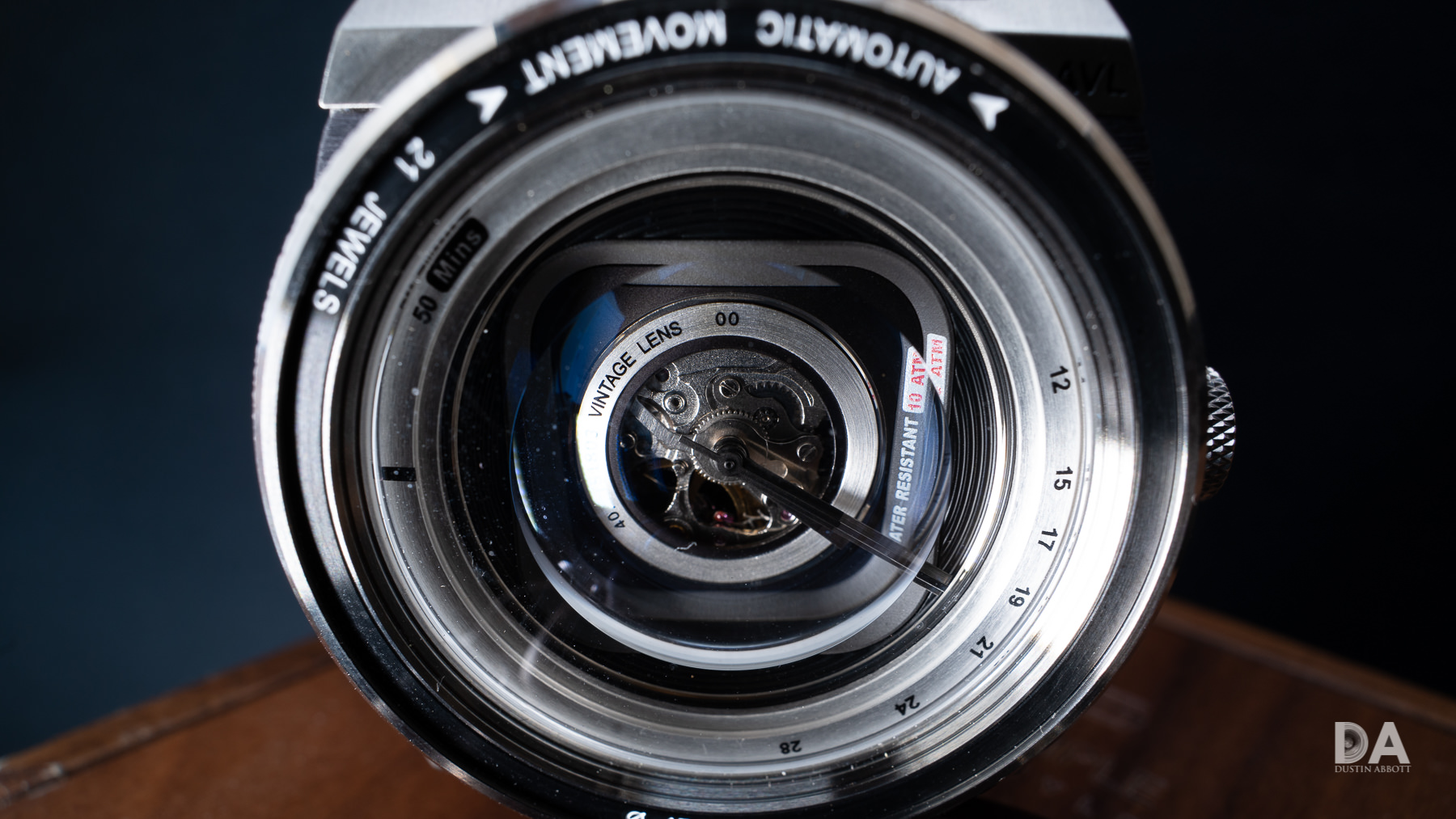

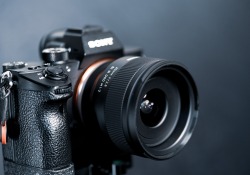
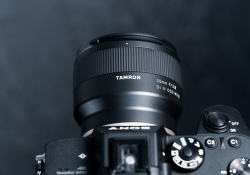
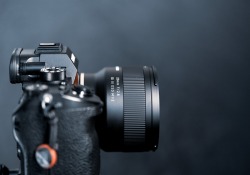
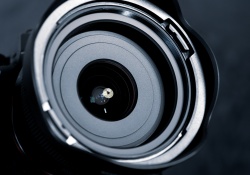

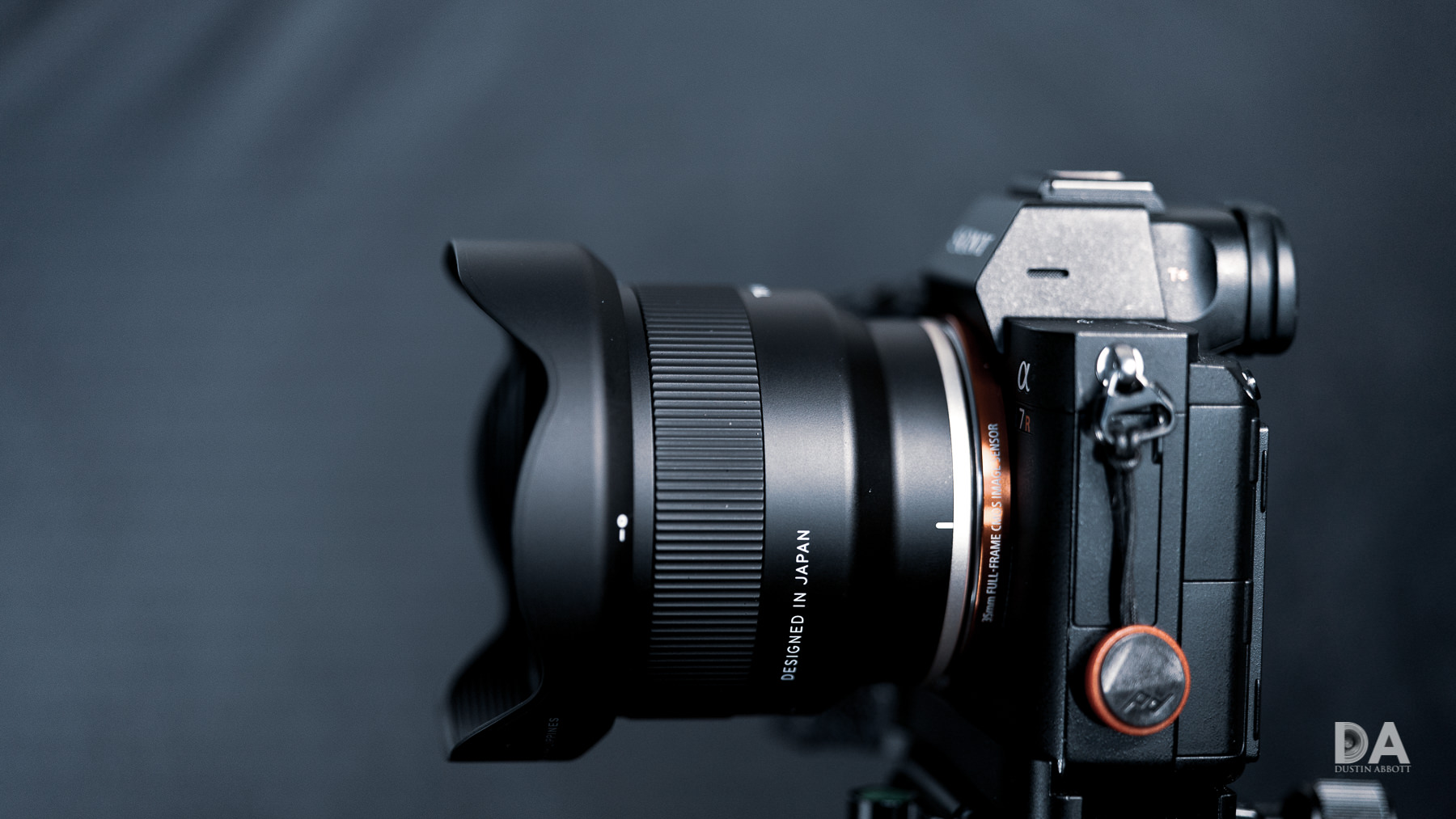

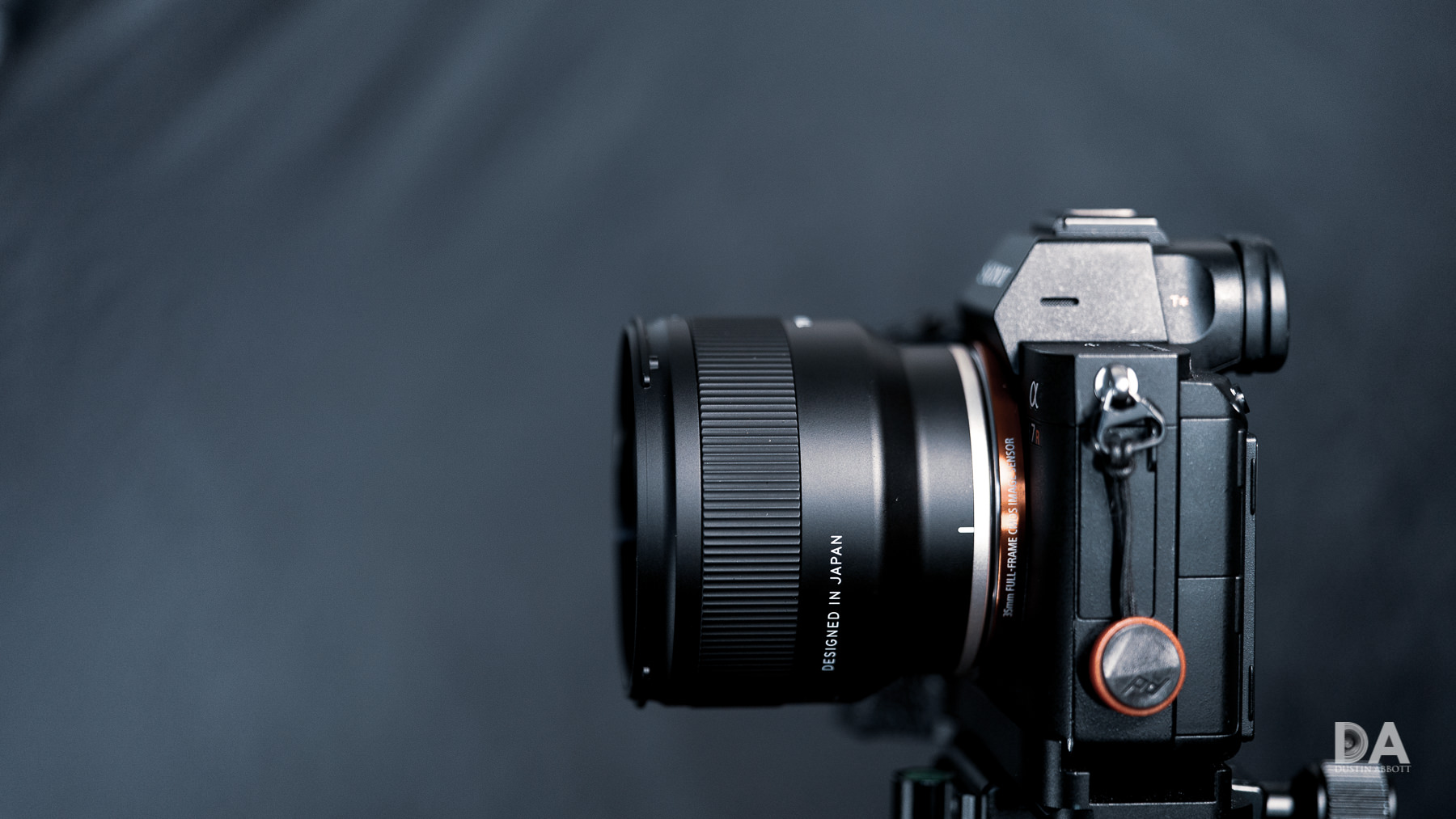
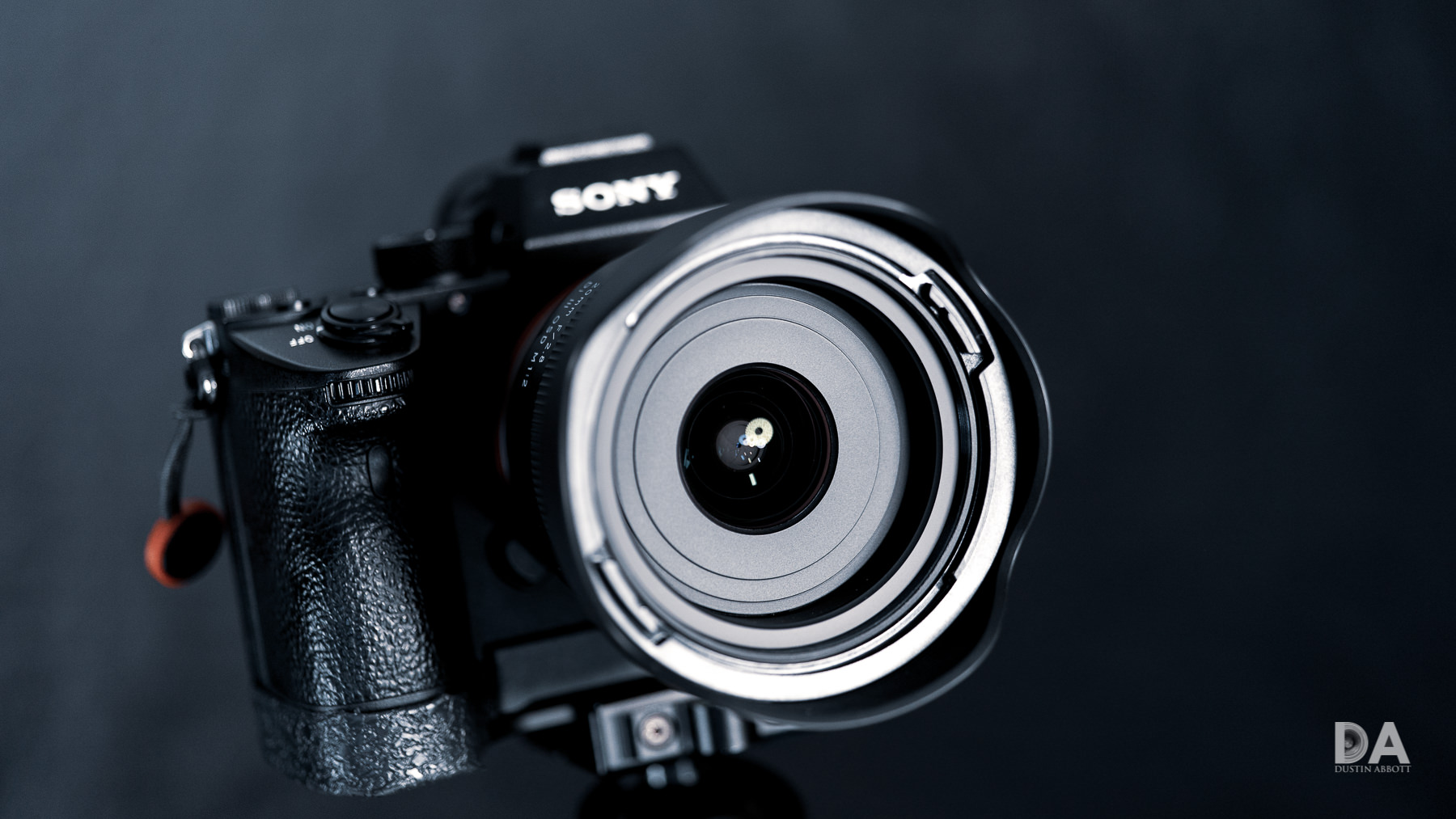
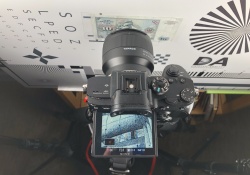


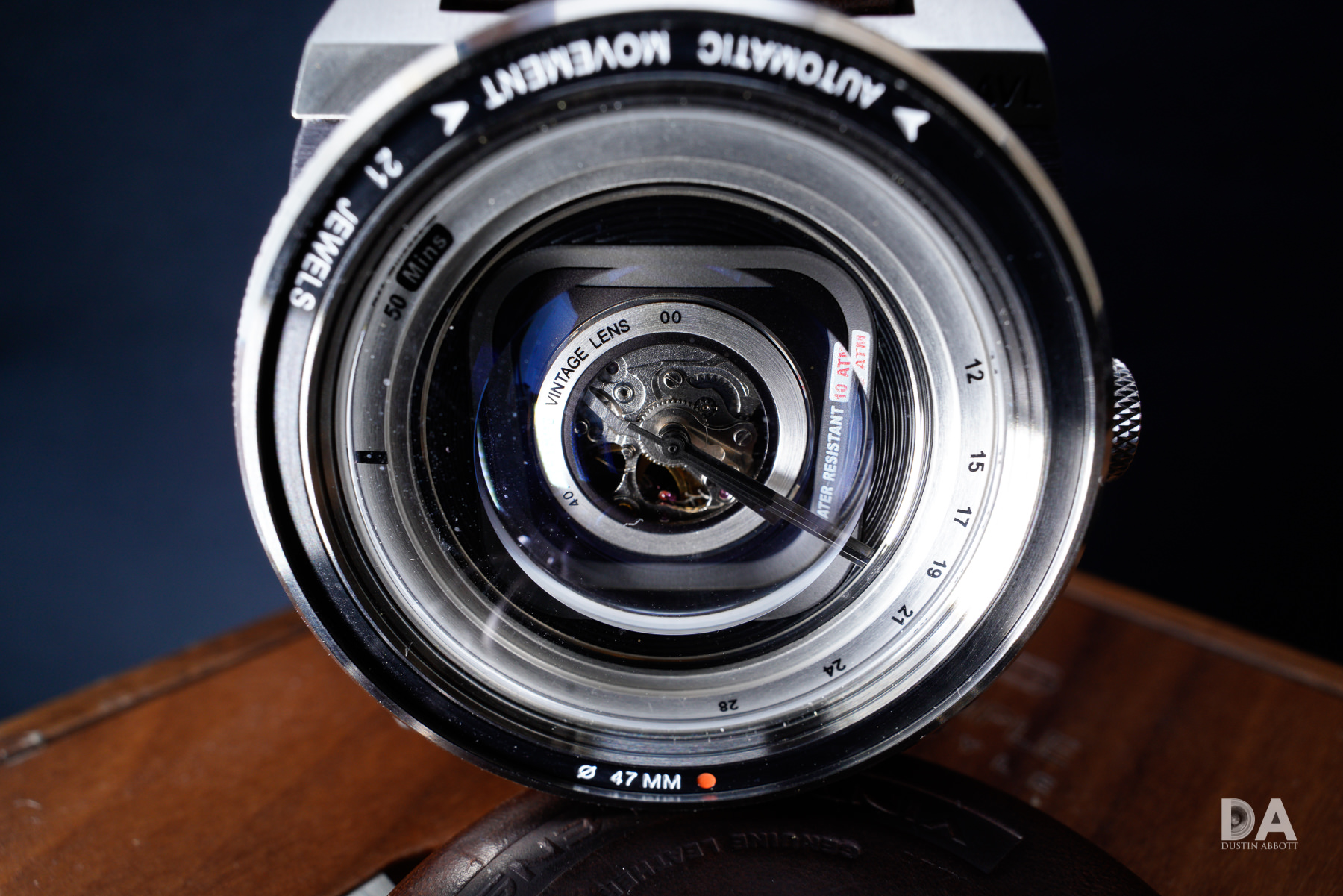









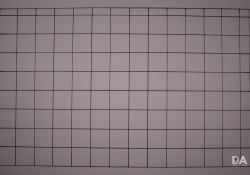
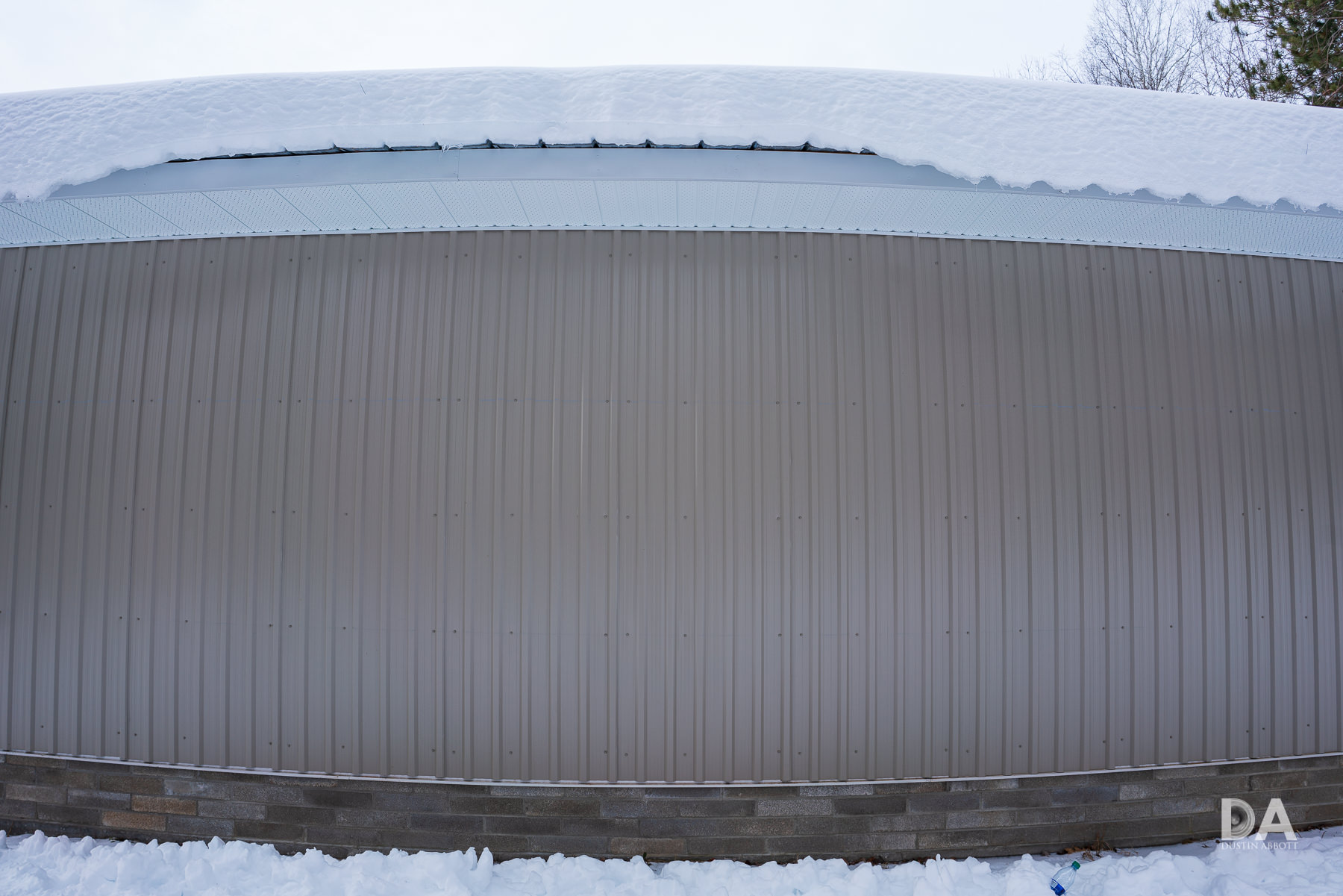




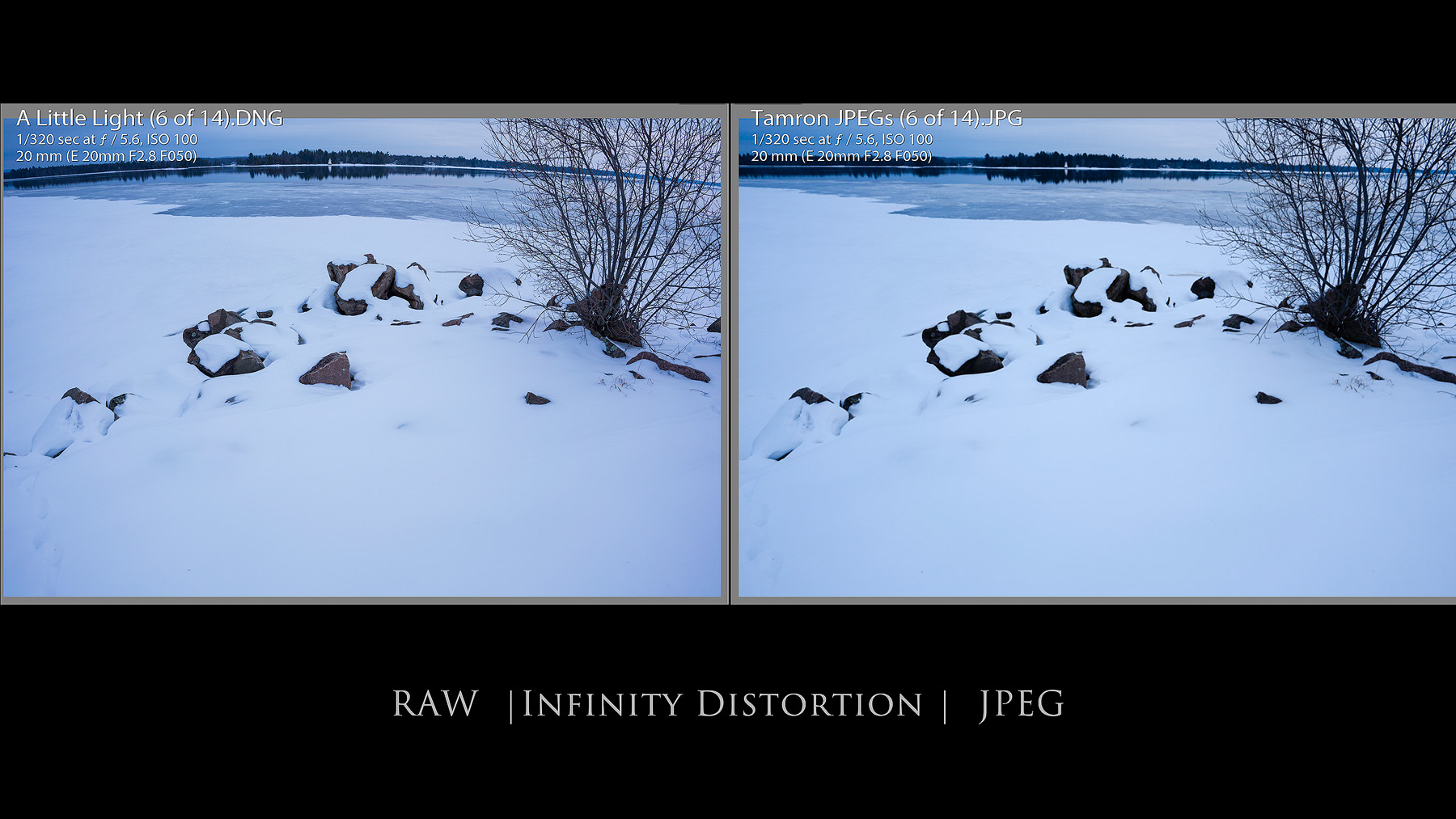
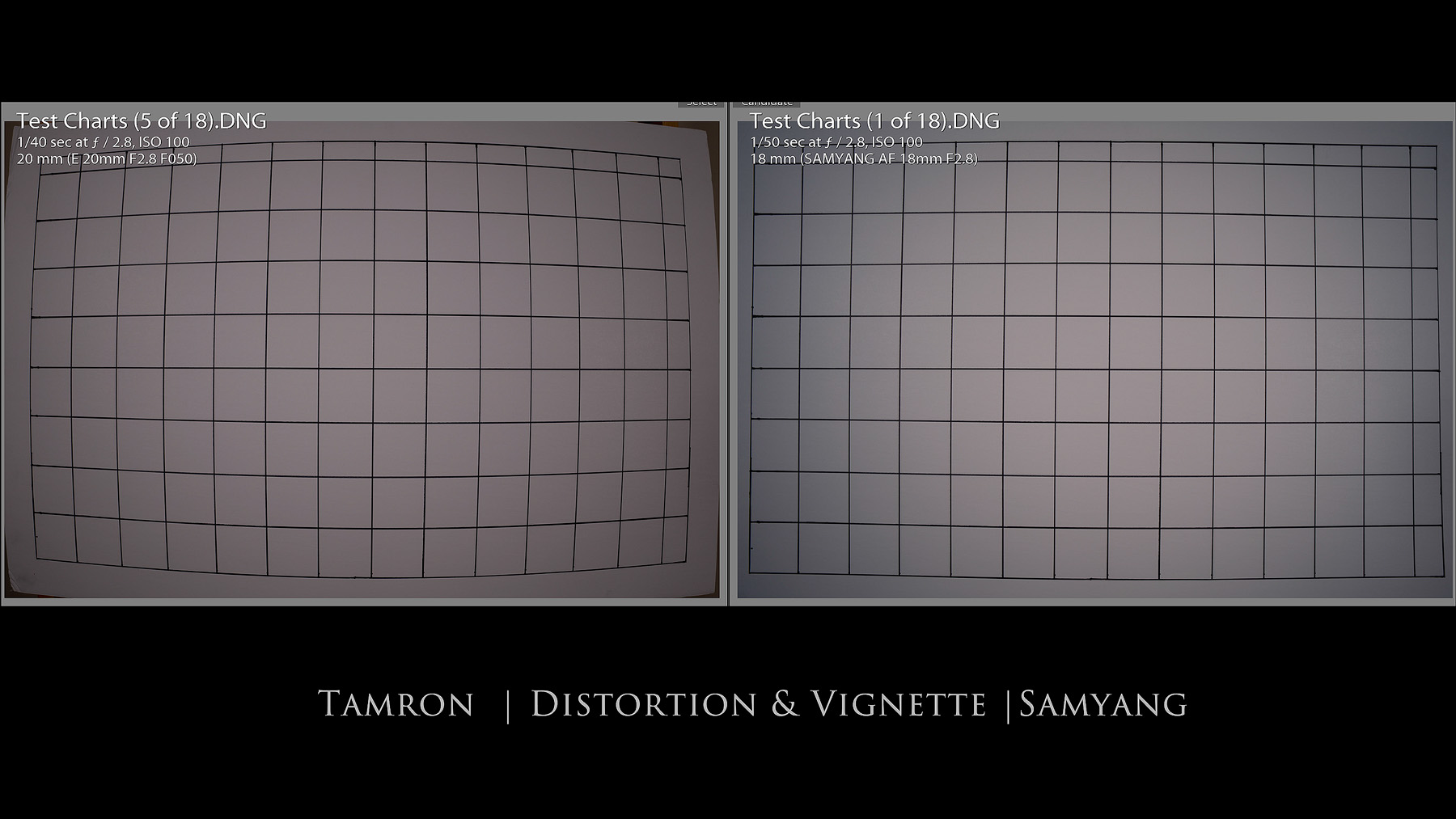
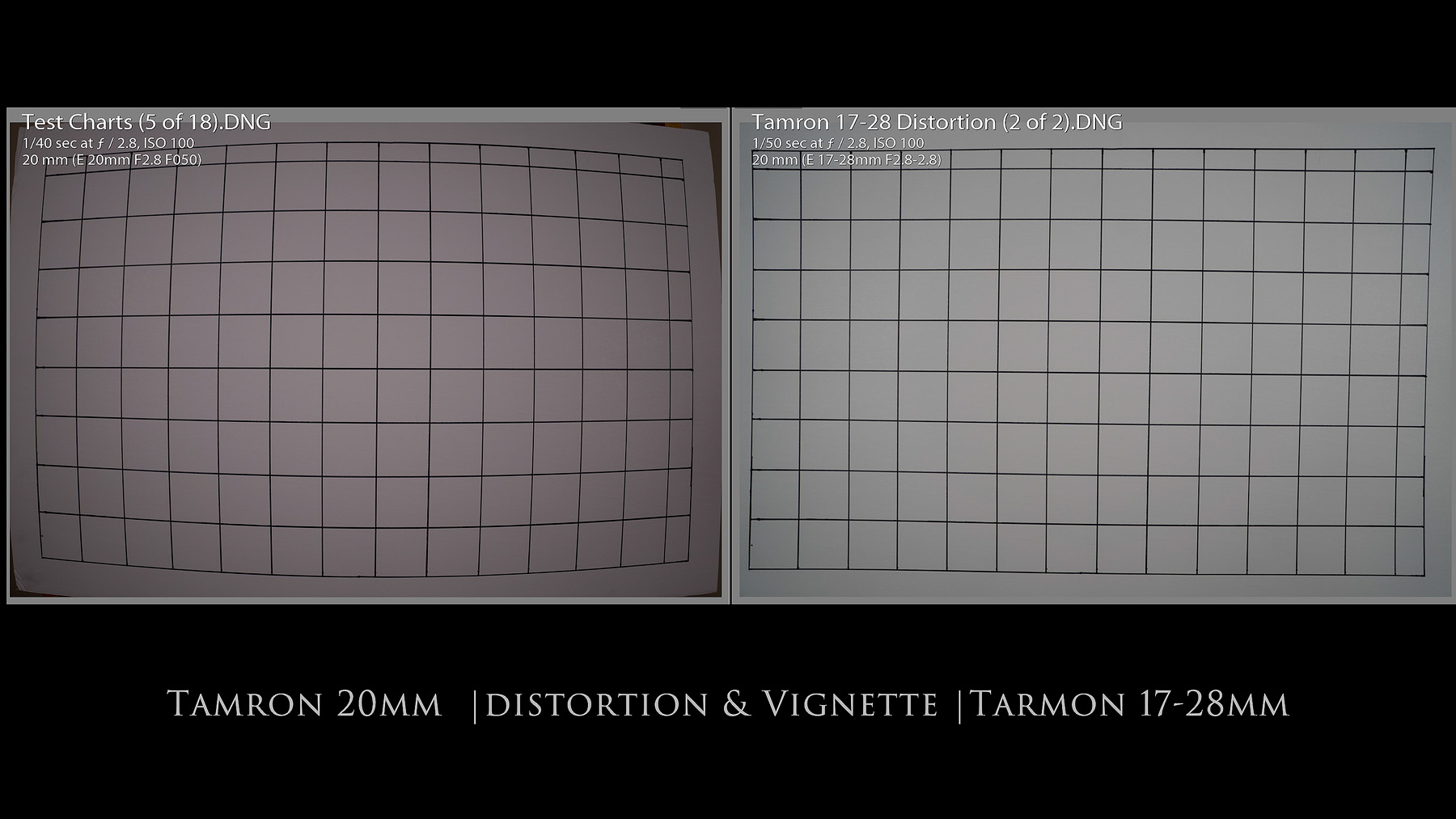




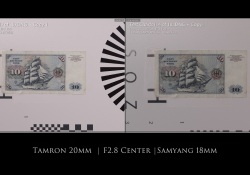
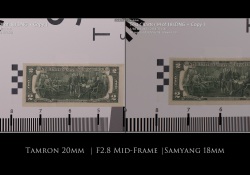
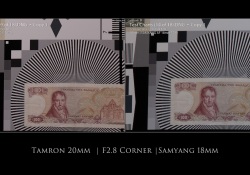
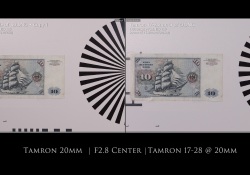
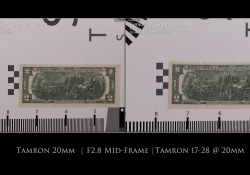
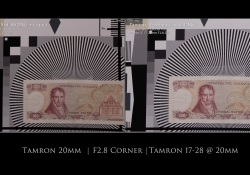






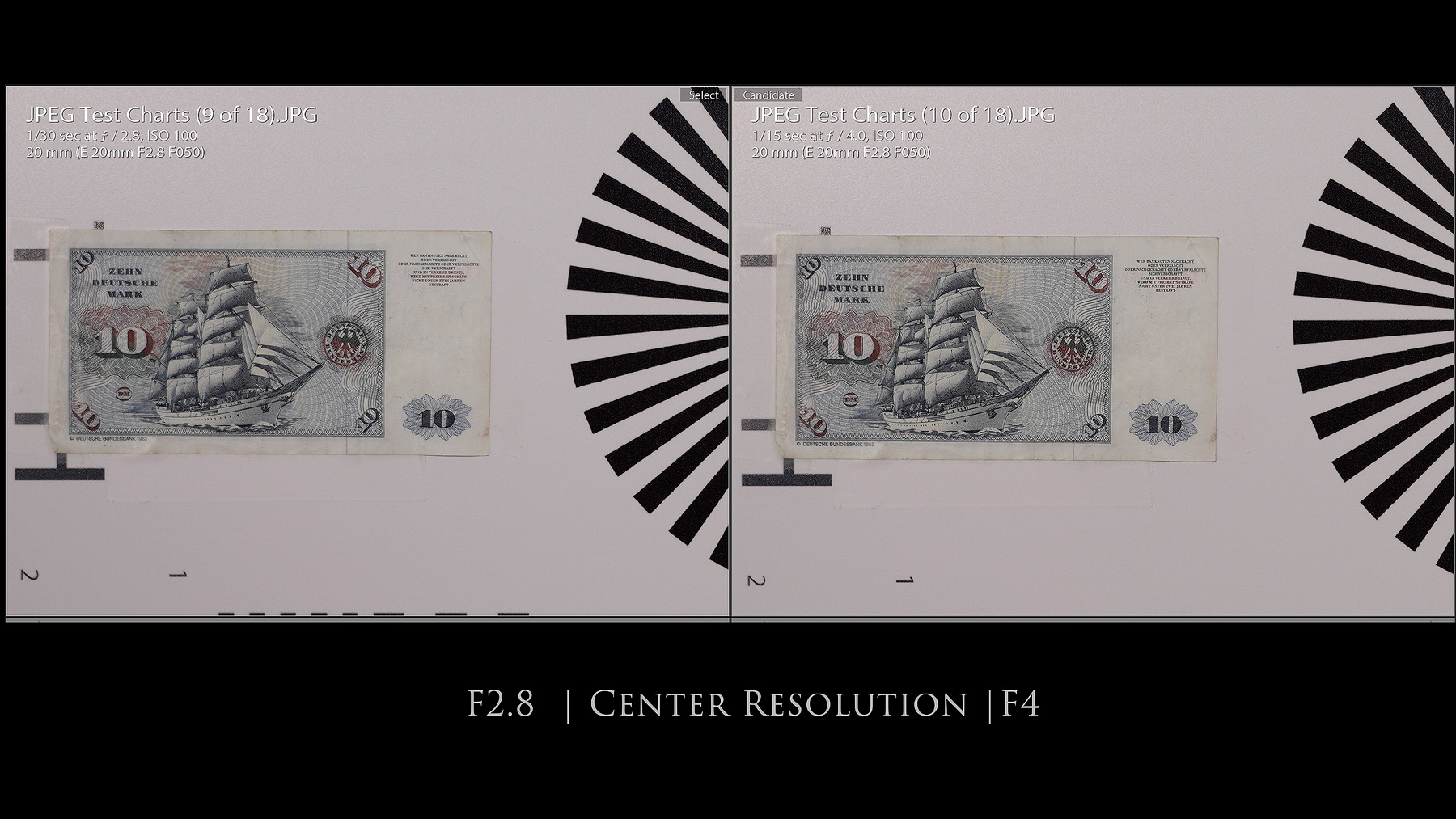








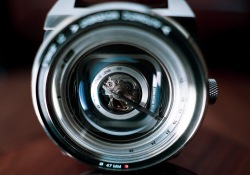
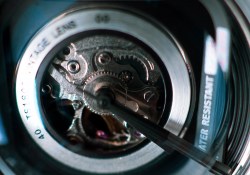
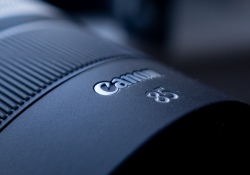















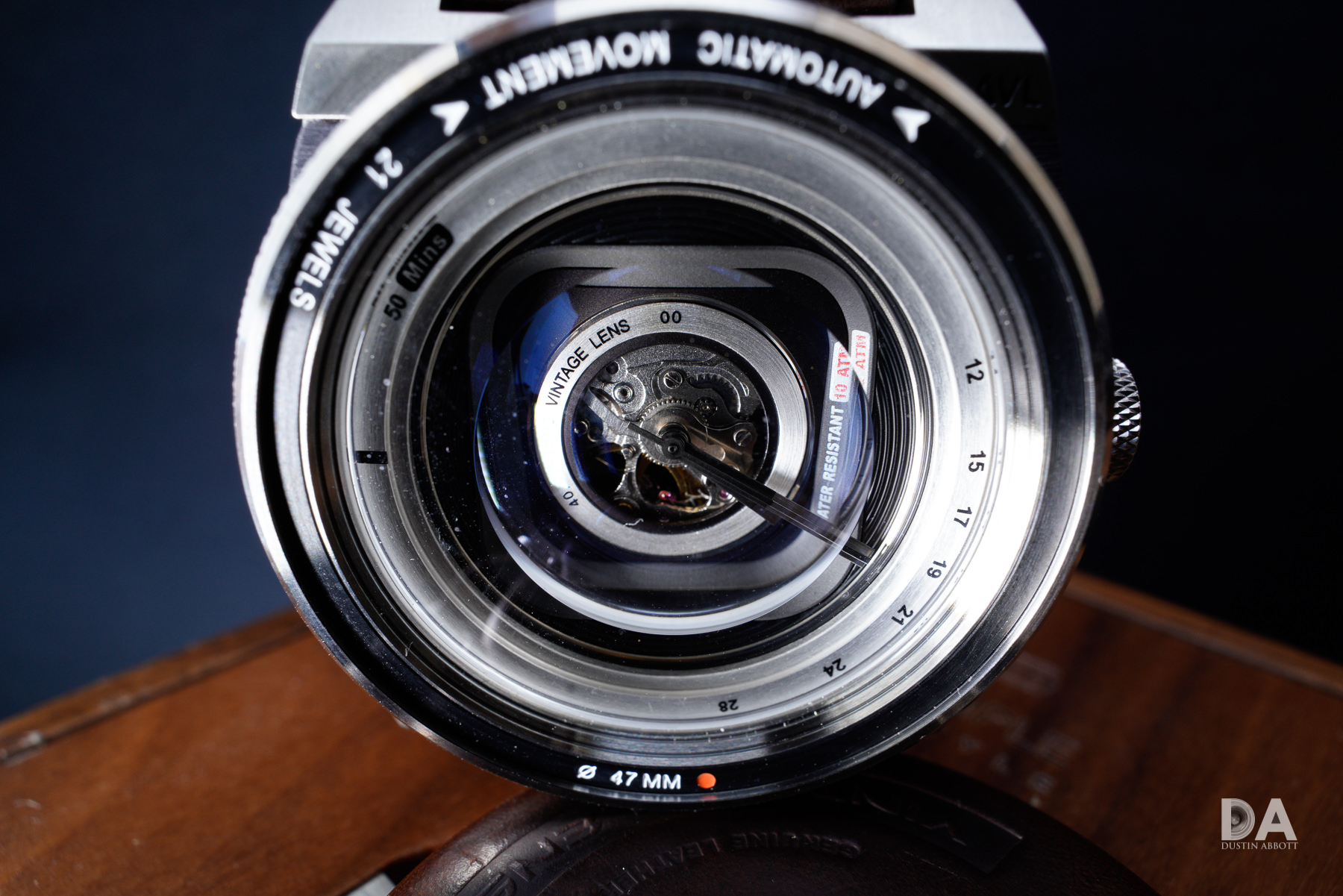








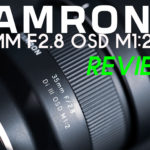
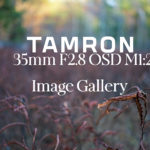



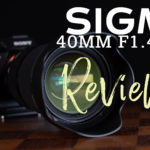
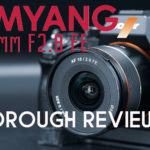
[…] A062 shows some barrel distortion at 20mm. It’s not excessive (unlike the 20mm F2.8), though the distortion is slightly complex (a mild mustache pattern). The correction profile […]
[…] the code “DUSTINABBOTT”. That makes it an extremely affordable alternative to lenses like the Tamron 20mm F2.8 or even the Sony FE 20mm F1.8 G. But does the performance of the lens make it a worthwhile […]